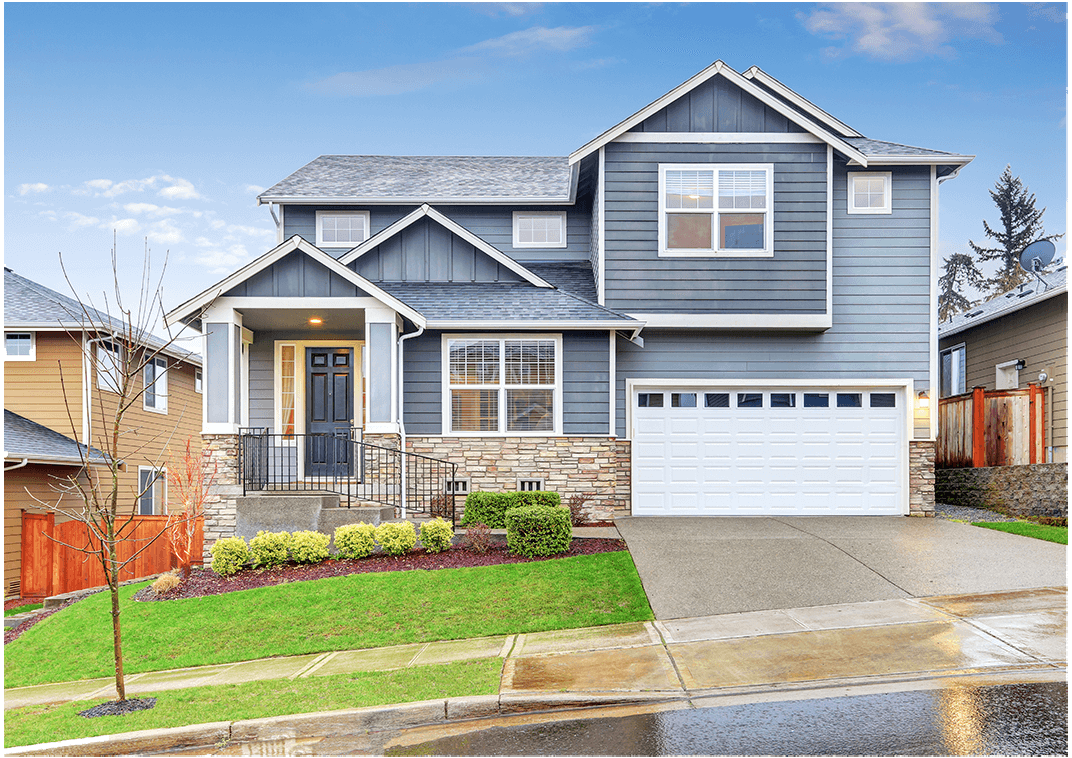
New siding can enhance the curb appeal, performance, and value of your home. Use our guide to choose the right siding material for your home’s exterior. Renovating or building a new home? We break down the most popular siding options to help you choose the material that suits your home’s style and meets your needs. Choosing the right siding material for your home’s exterior is an important choice for your home’s curb appeal, performance, energy efficiency, and value. If you’re in the market for improving your home’s cladding, you’ll want to choose a siding material that will suit your home’s architectural styles and meet your needs for durability and maintenance. With a broad selection of material types, textures, and colors, we break down today’s most popular siding materials to help you choose the best option for your home. Before we jump into the different siding types, let’s highlight the factors to consider when choosing your home’s exterior material.
Architectural Style
Ease of installation
Maintenance Requirements
Energy Efficiency
Versatility
Durability
Energy Efficiency
Local Building Code
HOA Guidelines
Cost
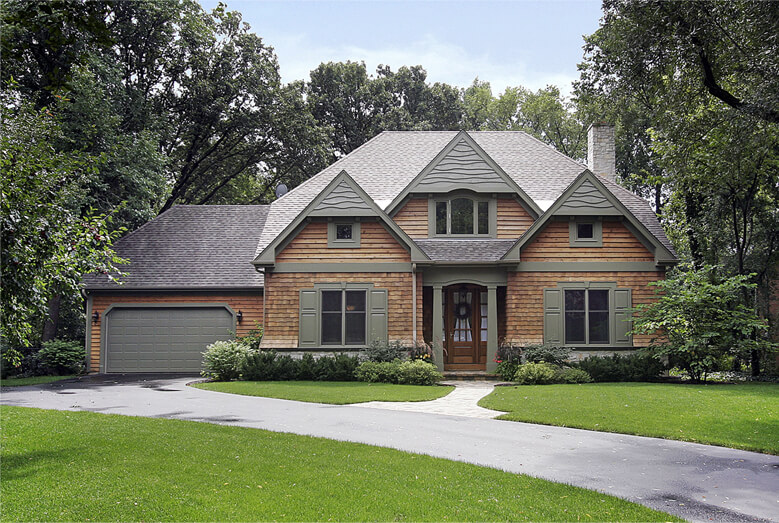
Types of Exterior Siding Material
Wood
Wood siding is a beautiful, time-honored material that offers a classic, rich look. It is available in various woods, including cedar, pine, cypress, spruce, redwood, and fir. The grade of wood depends on how you plan to finish your home’s exterior. Wood siding styles include clapboard (also known as bevel or lap siding), shingles, shakes, batten, tongue-and-groove. Clapboard siding can be installed vertically, horizontally, or diagonally to create unique designs. Shingles give you a smooth and uniform look. They can also be cut into different shapes for visual interest. Wood is 100% recyclable, making it a great choice if sustainability is a concern. If you’re attracted to wood siding, keep in mind that it is the most maintenance-intensive material you can choose. Its durability relies entirely on proper care because of its susceptibility to insect and rodent attacks, moisture damage, and fading. This includes periodic painting, staining, and chalking. Well-maintained wood siding can last more than 50 years.
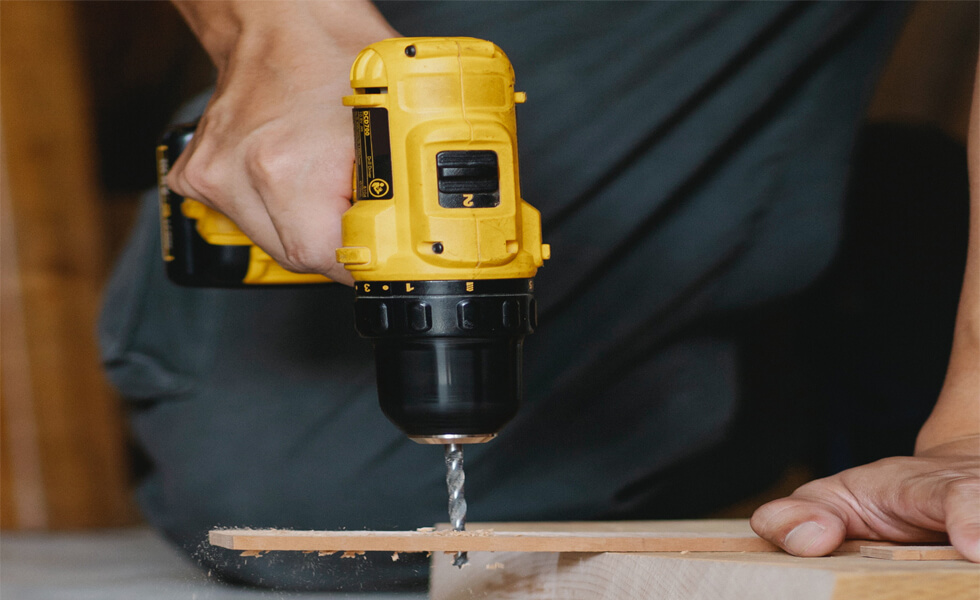
Vinyl
Vinyl is the most popular house siding material in the U.S. thanks to its versatility, low cost, and low maintenance. Vinyl siding comes in various colors and textures, including those that mimic natural materials like stone and wood. It’s also available in a range of styles that include shingles, horizontal and vertical panels, shingles, lap, and fish scales. While the “plastic look” you’re used to can be a turnoff, manufacturers have made great strides in improving their products and making them aesthetically pleasing. The cost savings of vinyl siding extend to installation. It’s the least expensive siding material to install and can be applied directly over old wood siding. However, proper installation is critical, or your vinyl siding will buckle and warp. When it comes to maintenance, vinyl-only requires an occasional wash to remove accumulated dirt, mold, and grime. You won’t have to worry about repainting your vinyl siding because the colors are baked in. If cracked, you’ll need to repair or replace the siding section. Properly installed and maintained, vinyl siding should last for 20 to 60 years.
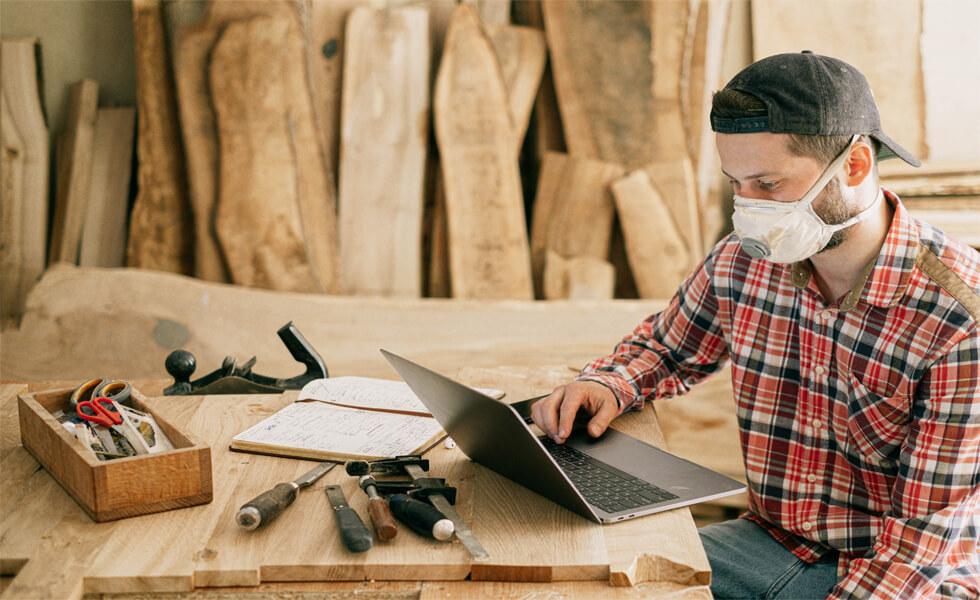
Fiber Cement
Made from a combination of wood fibers, cement, clay, and sand, fiber cement siding has become a popular choice for many homeowners. It comes in a range of colors and designs and can be molded to look like wood clapboard, masonry, or shingles. Fiber cement is an excellent choice if you want the natural look of wood but want something less expensive, more durable, and easier to maintain than real wood. You can buy it pre-painted or have it painted after installation, but factory painting is highly recommended. Fiber cement is very durable, fire-resistant, rot-resistant, and termite-proof. Once your fiber cement siding is installed, it requires very little maintenance. You’ll need to check the caulk every few years, wash it with a garden hose at least once a year, and prune plants near the foundation. Color does not go all the way through the product to fade over time, and you may need to repaint every 5 to 10 years. Fiber cement has a lifespan of 30 to 50 years.
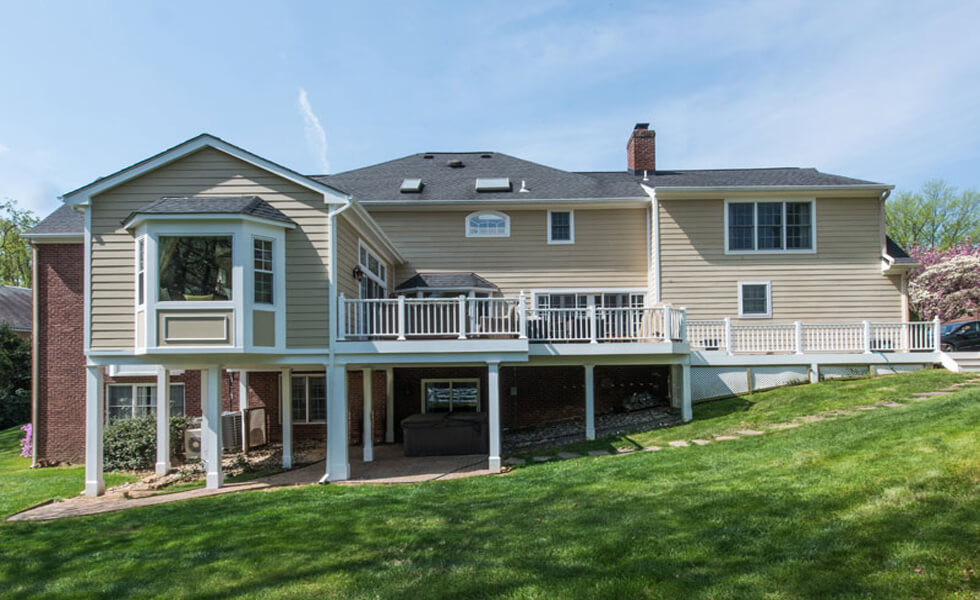
Engineered Wood
If you love the classic look of wood siding, but without the high-maintenance requirements, then engineered wood siding is the choice for you. Also known as composite siding, engineered wood siding is made of scrap wood and sawdust that’s compressed and bonded with exterior-grade resins. It’s a strong, less expensive, and eco-friendly alternative to real wood siding. Engineered wood is available in a range of typical wood siding styles and colors. Treated with chemicals to ward off insects and fungi, engineered wood often comes primed or painted. Newer versions are very durable and hold up well to wind, fire, extreme temperatures, and moisture. The resin surface doesn’t chip or peel quickly, but it can fade and crack over time. You’ll need to repaint it every 5 to 10 years. Well-maintained, engineered wood siding can protect your home for 20 to 50 years.
At Semper Fi Exteriors, we offer various siding options and are well acquainted with each material’s ins and outs. We can provide expert recommendations and make the gorgeous homes of your dream a reality. Contact us to learn more.
